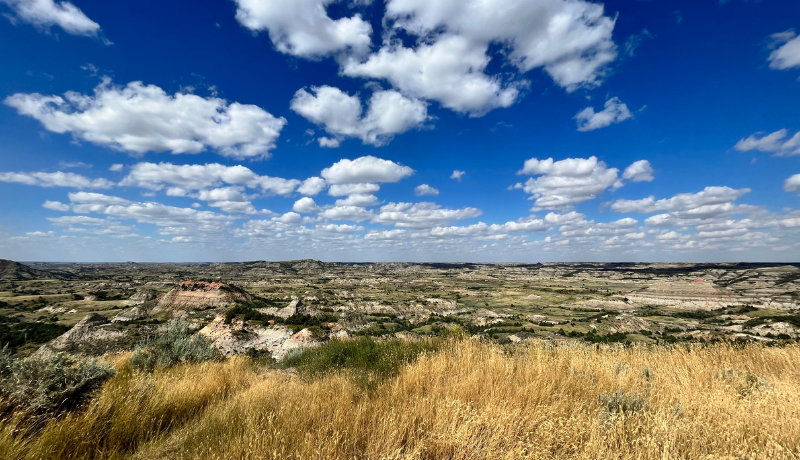As Canada works toward meeting its climate targets, which aim to reduce emissions by up to 50% below 2005 levels by 2035 (as per the formal submission of the 2035 nationally determined contribution (NDC) to the United Nations on 11 February 2025), carbon capture is becoming an important part of the country’s emission reduction strategy. Recent federal and provincial developments highlight a key focus on creating standardized frameworks that incentivize these technologies. These efforts signal growing recognition of the role carbon capture can play in achieving long-term emissions reduction goals.
Environment and Climate Change Canada (ECCC) has released a preliminary draft of the Direct Air Carbon Dioxide Capture and Geological Storage (DACCS) federal offset protocol for public comment until 28 March 2025. The DACCS protocol aims to support projects that capture CO2 directly from the atmosphere and store it in subsurface geological formations, complementing greenhouse gas (GHG) reduction efforts. It excludes removals from point-source CO2 capture, CO2 storage in materials or products such as concrete or mining, or the use of CO2 for enhanced oil recovery. To be eligible, the project must have a start date that is on or after 1 January 2022 and it must be located in a jurisdiction that has a CO2 geological storage regulatory framework. The project site must only include one capture facility and one injection infrastructure with an associated storage reservoir.
Comments can be submitted to creditscompensatoires-offsets@ec.gc.ca. ECCC will be holding webinars on 19 February 2025 to provide an overview of the protocol and respond to any questions. The French session will be from 10 am – 12 pm EST, and the English session will be from 2 pm – 4 pm EST.
The eventual publication of this protocol will expand the list of eligible protocols under Canada’s Greenhouse Gas (GHG) Offset Credit System, established by the Greenhouse Gas Pollution Pricing Act. Federal offset credits may be used for up to 75% of compliance obligations by emitters regulated under the Federal Output-Based Pricing System (OBPS) and are applicable for compliance under other federal programs such as the Clean Electricity Regulations (CER) and the Oil and Gas Sector Greenhouse Gas Pollution Cap. The CER performance standard will come into effect on 1 January 2035, and electricity generation facilities may emit up to 35 t/GWh above their limit by remitting Canadian offset credits until 2049. Draft regulations for the oil and gas cap state that the first compliance period will be from 2030-2032 and Canadian offset credits can satisfy up to 20% of a compliance obligation. Federal offset credits may also be used for voluntary purposes.
The release of the draft protocol and solicitation of comments represent progress toward finalizing additional federal protocols, a critical step before the official publication. Federal offset protocols may be leveraged by offset project developers across Canada unless a parallel protocol exists in a specific province, in which case the provincial protocol must be used. Currently, British Columbia (B.C.), Alberta, and Quebec have provincial offset programs in place. However, none of these provinces have DACCS protocols in place, therefore the federal DACCS protocol will be applicable nation-wide. To date, there are three offset protocols published under the federal system, with 30 projects registered but no offset credits being issued.
At the provincial level, the B.C. Ministry of Environment and Climate Change Strategy is currently seeking public feedback on its draft Carbon Capture and Sequestration Protocol (CCSP). This protocol will establish guidelines for quantifying GHG emission reductions and removal enhancements resulting from carbon capture and sequestration projects within the province. The initial draft of the CCSP was released in September 2023, with a consultation period that concluded on December 14, 2023. During this period, stakeholders expressed concerns, particularly regarding the length of the monitoring period, which many deemed prohibitive to project development.
In response to the feedback received, the Ministry has prepared a technical discussion paper that addresses these concerns. Key updates include a risk-based, flexible monitoring period instead of a fixed 100 years and clarification on funding eligibility and reporting deadlines. The paper invites feedback on these revisions and other policy details, focusing on aligning permanence standards with practicality while ensuring environmental integrity. Submissions can be sent to GHGRegulator@gov.bc.ca and are due by 4 March 2025.
Offset units are managed via the B.C. Carbon Registry and can be used for compliance under the provincial OBPS or voluntary goals. Under the provincial OBPS, eligible offset credits must have been issued within 3 years of the compliance year and can be used for up to 50% of an obligation for the 2024 compliance year, 40% for 2025, and 30% from 2026 to 2030.
Additionally, investment tax credits (ITCs) can be utilized to provide capital support for these technologies. The federal ITC for CCUS can cover up to 60% of eligible expenses for CCUS project equipment assuming labour requirements are met. The CCUS ITC is currently only available to provinces with the regulatory framework explicitly dedicated to CO2 storage and long-term liability, which are Alberta and Saskatchewan. The B.C. Ministry of Natural Gas Development is currently in the process of developing a provincial regulatory framework.
Carbon offsets can provide monetization opportunities for technologies and offer compliance flexibility for industrial emitters under their respective compliance programs. Ensuring the integrity of these offsets through standardized protocols is crucial, as it provides the necessary credibility for their role in achieving Canada's long-term climate goals.
